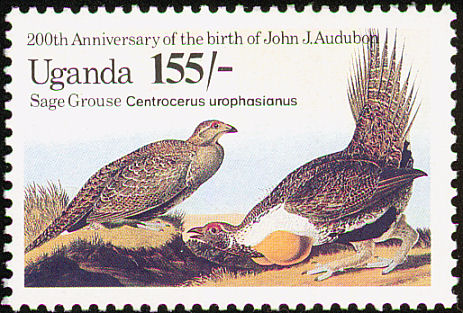A new study of the greater sage-grouse’s population finds that the bird’s numbers decreased 56 percent between 2007 and 2013, leading to the conclusion that the sage-grouse (Centrocercus urophasianus) is at even greater risk than biologists thought and suggesting that conservation efforts are largely failing. The research, commissioned by the Pew Charitable Trusts and conducted by Edward (Oz) Garton, professor emeritus in wildlife ecology and statistics at the University of Idaho, represents the most comprehensive population update since 2011. "This report provides definitive evidence about the fragile state of the greater sage-grouse, an indicator species for the health of the interior West’s sagebrush region — where hundreds of other wildlife and plant species also live,” said Ken Rait, director of Pew’s U.S. public lands project. In the Pew report, called "Greater Sage-Grouse Population Dynamics and Probability of Persistence," evidence pointed to a sharp decline in the number of breeding males — from 109,990 in 2007 to 48,641 in 2013 — and noted that populations across the bird's range are declining far beyond what even the best models forecasted.
The report used male population data provided by 10 of the 11 states where sage grouse are found (Colorado being the exception) to provide an analysis of how populations are doing. In Utah, the report looked at distinct populations found in the northeast portion of the state, in Sanpete and Emery counties, Morgan and Summit counties, and Tooele and Juab counties.
Source: Deseret News, April 27 2015
http://www.deseretnews.com/article/865627416/Pew-study-shows-dramatic-d…

- Login om te reageren
